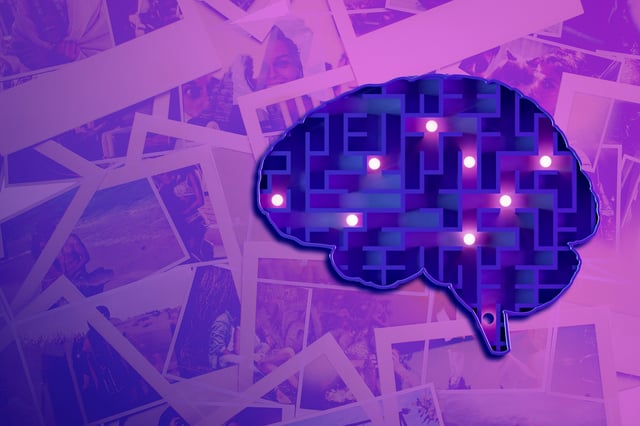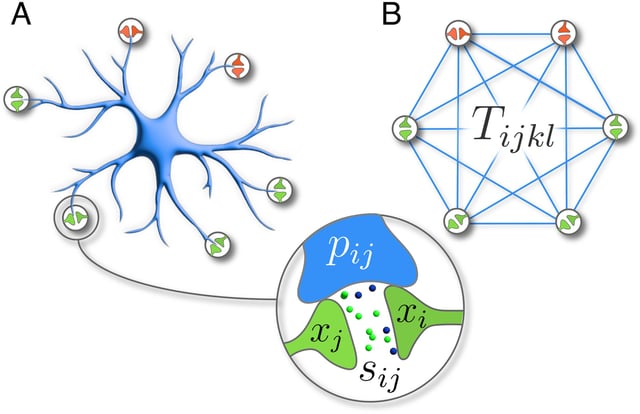Overview
- MIT scientists propose that astrocytes play an active computational role in memory storage after developing a neuron-astrocyte associative network model.
- The model conceptualizes each astrocyte process as an independent computational unit at tripartite synapses to massively boost storage capacity.
- Simulations indicate this framework can store many more patterns than traditional Hopfield or dense associative memory networks.
- Previous studies demonstrate that disrupting astrocyte-neuron connections in the hippocampus impairs memory formation and recall.
- Researchers hope experimentalists will manipulate astrocyte process connections to validate the model and anticipate results could guide artificial intelligence design.

